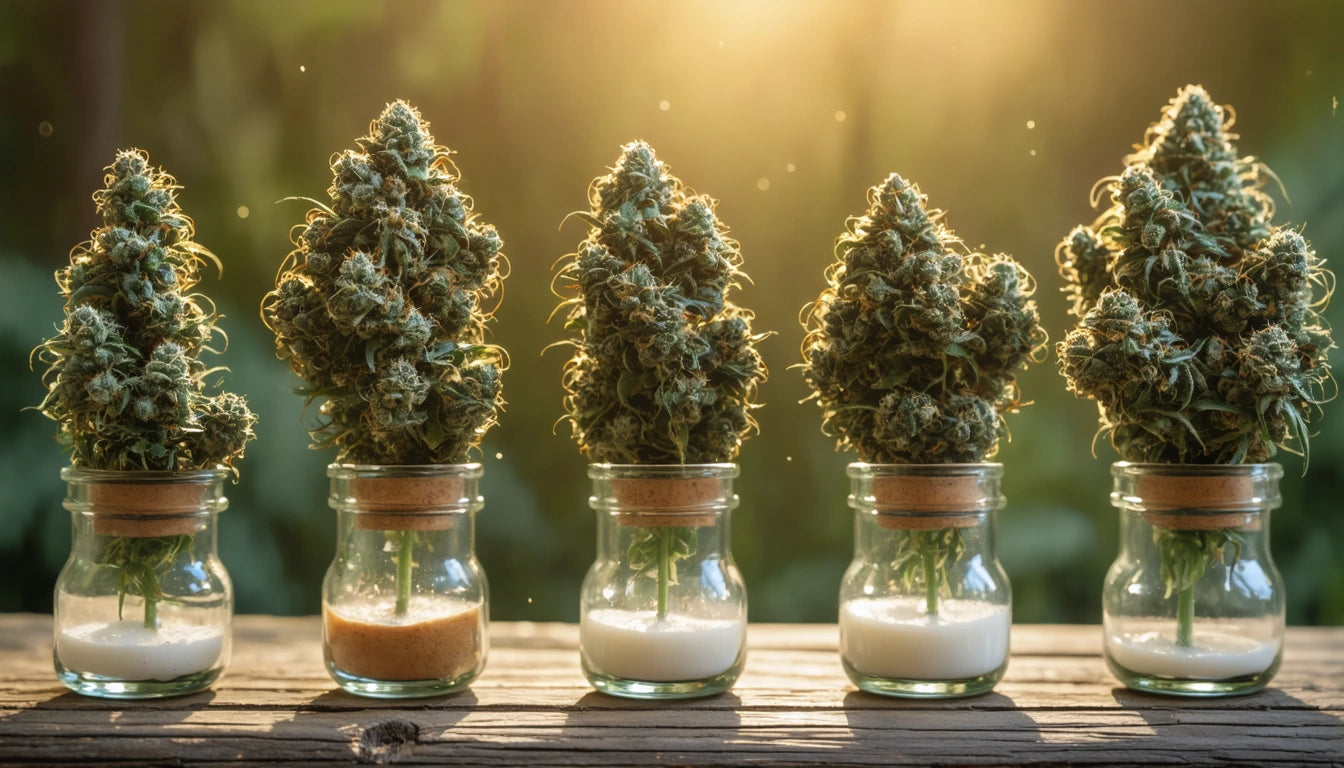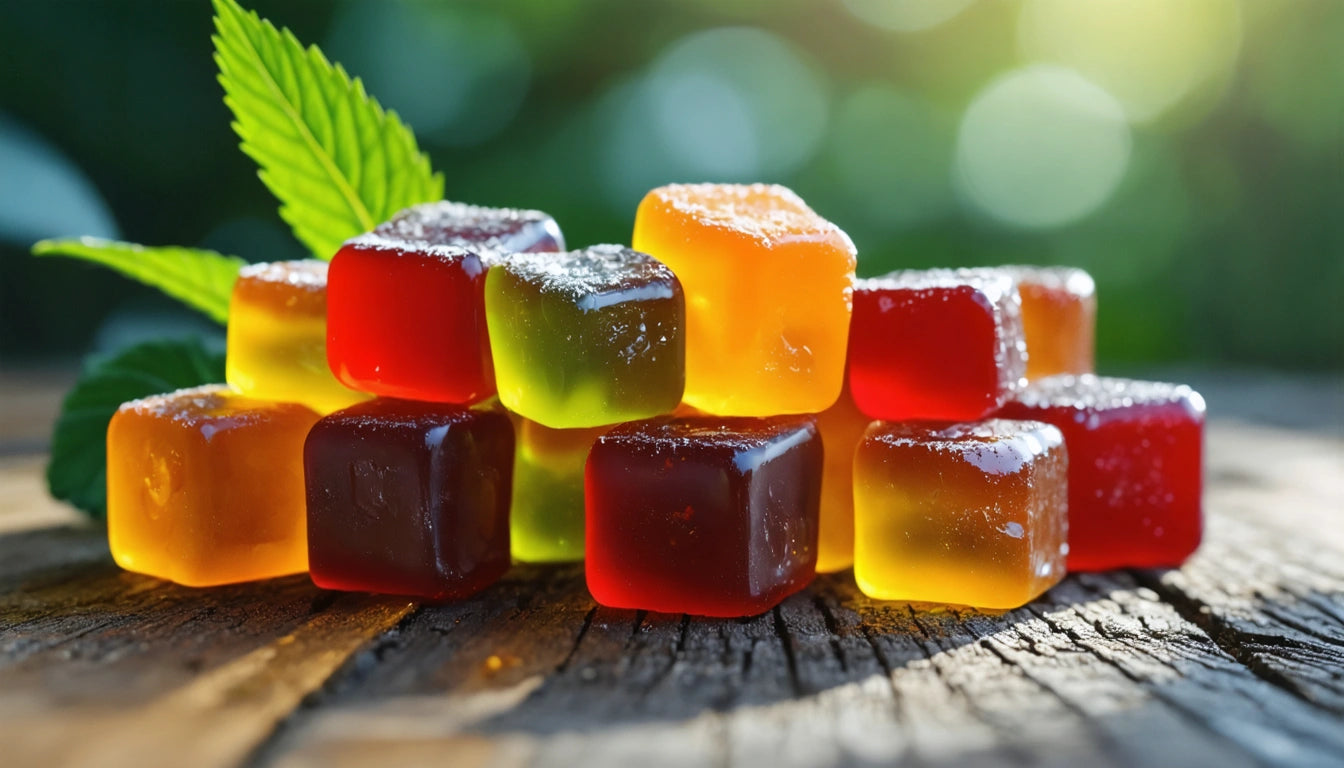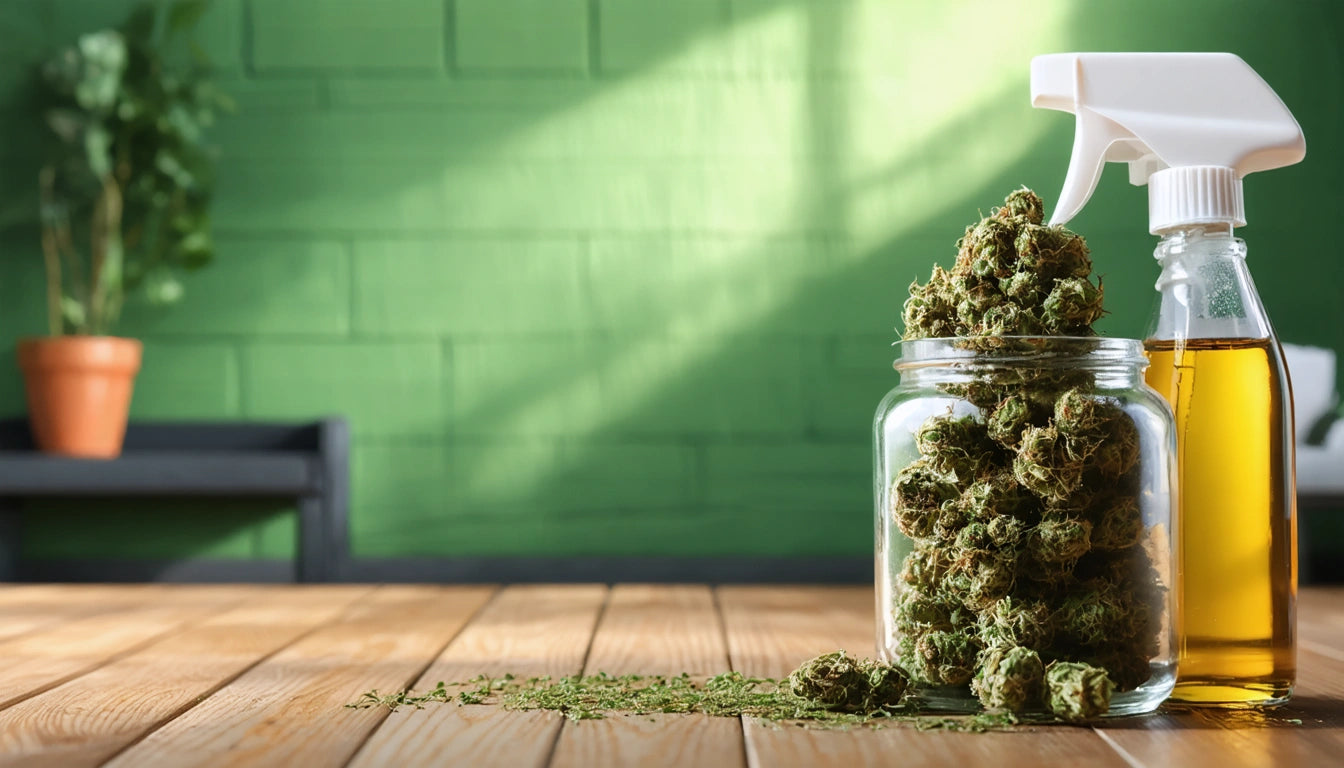- Natural Cannabis Scent Profile: What Does Weed Smell Like?
- Terpenes: The Source of Cannabis Aroma
- The Skunk Connection Explained
- Identifying Quality Through Smell: What Does Good Weed Smell Like?
- Modern Cannabis Scent Evolution: Why Does Marijuana Smell Different Now?
- Synthetic Cannabis Smell: What Does Fake Weed Smell Like?
- Consumption Methods and Scent Variations
- Future of Cannabis Aroma Technology
Understanding the Unique Scents of Cannabis: From Skunk to Synthetic
Cannabis has one of the most distinctive and recognizable scents in the plant world. Whether you're familiar with it or encountering it for the first time, the aroma of cannabis can vary dramatically based on strain, quality, processing methods, and consumption techniques. This comprehensive guide explores what cannabis smell like in its various forms and why these scents occur.
Natural Cannabis Scent Profile: What Does Weed Smell Like?
The natural aroma of cannabis is often described as earthy, herbal, and pungent. However, cannabis plants and products produce a wide spectrum of scents including:
- Skunky (the most commonly recognized cannabis smell)
- Sweet and fruity (mango, berry, citrus)
- Pine and woody
- Diesel or chemical-like
- Cheese or fermented notes
- Floral and perfumed
These variations depend primarily on the strain's terpene profile, with some strains intentionally bred to emphasize certain aromas over others.
Terpenes: The Source of Cannabis Aroma
Terpenes are aromatic compounds found in many plants, including cannabis. They're responsible for the distinctive scents we associate with different strains. Some common cannabis terpenes include:
- Myrcene: earthy, musky, herbal
- Limonene: citrusy, lemon
- Pinene: pine, forest
- Linalool: floral, lavender
- Caryophyllene: spicy, peppery
When cannabis is properly ground before use, these terpenes are released more effectively. Many consumers use specialized grinding equipment to preserve terpenes while preparing their flower for consumption, which helps maintain the characteristic aroma and potential therapeutic benefits.
The Science Behind Cannabis Scent
The question of whether odor is physical or chemical has a clear answer: it's both. Cannabis scents are produced by physical molecules (terpenes and other compounds) that create a chemical reaction when they interact with olfactory receptors in our noses.
The Skunk Connection Explained
Many people wonder why skunks smell like weed or, conversely, why weed smells like skunks. This similarity is no coincidence. Both cannabis and skunk spray contain compounds called thiols (sulfur-containing compounds). Specifically, the compound 3-methyl-2-butene-1-thiol appears in both skunk spray and some cannabis varieties.
Is skunk smelling weed good or bad? Among cannabis connoisseurs, a strong skunky aroma is often considered desirable, indicating potent, high-quality flower. However, this is strain-dependent, as many excellent cannabis varieties have completely different scent profiles.
Identifying Quality Through Smell: What Does Good Weed Smell Like?
The aroma of cannabis can be a quality indicator. Generally, high-quality cannabis will have:
- A strong, distinct smell (not faint or absent)
- Complex aroma with multiple notes
- Freshness without mustiness or ammonia
- No chemical or artificial scents
In contrast, cannabis that smells like hay, must, ammonia, or chemicals may indicate improper curing, age, or contamination. Learning how to identify these differences is an important skill for consumers.
Modern Cannabis Scent Evolution: Why Does Marijuana Smell Different Now?
Many long-time users notice that cannabis smells different now compared to previous decades. Several factors contribute to this evolution:
- Selective breeding for specific terpene profiles
- Higher THC content in modern strains
- Advanced growing techniques and environments
- Better curing and storage practices
- Legal market quality control standards
Modern cannabis cultivation has shifted toward creating unique, distinctive aromas as selling points for different strains, resulting in a wider variety of scent profiles than were commonly available in previous generations.
Synthetic Cannabis Smell: What Does Fake Weed Smell Like?
Synthetic cannabis products (sometimes called K2 or Spice) typically have distinctly different aromas from natural cannabis. What does synthetic pot smell like? Often, these products have:
- Chemical or artificial scents
- Incense-like aromas (many were originally sold as incense)
- Minimal or absent terpene profiles
- Sometimes an attempt to mimic cannabis through artificial flavors
The smell of sprayed weed (natural cannabis treated with synthetic cannabinoids) may combine natural plant scents with chemical overtones. These products can pose significant health risks and lack the complex aromatic profile of natural cannabis.
Consumption Methods and Scent Variations
Smoking vs. Vaping Aromas
The method of consumption significantly affects the resulting aroma. What does weed smell like when smoked? Combustion creates a stronger, more pervasive scent that lingers longer in the air, on clothing, and in hair. This is due to the creation of smoke particles that carry odor molecules.
Does vaping weed smell? Yes, but typically less intensely than smoking. Vaporization heats cannabis to release cannabinoids and terpenes without combustion, resulting in a cleaner, less persistent aroma that dissipates more quickly. Many users wonder, does thc vape smell like weed? While vape pens produce less odor, they still emit a recognizable cannabis scent, though it's often milder and less persistent.
Concentrates and Extracts
Concentrates like wax, shatter, and hash have their own distinctive aromas. Does wax smell like weed? Yes, but often with a more concentrated, potent version of the terpene profile. What does hash smell like? Traditional hash typically has a rich, spicy, earthy aroma that's distinct from flower but still recognizably cannabis-derived.
Edibles and Infused Products
Do weed brownies smell? Cannabis-infused edibles often have a distinctive aroma during preparation, but the finished products may have minimal cannabis scent, especially if made with distillate rather than flower. The cooking process can sometimes release a noticeable cannabis smell that may linger briefly in the kitchen.
Future of Cannabis Aroma Technology
The cannabis industry continues to innovate around aroma management, with several emerging trends:
- Development of cannabis that doesn't smell (or has minimal aroma) for discreet use
- Advanced terpene isolation and reintroduction for customized scent profiles
- Better odor-control packaging technologies
- More sophisticated vaporization methods that preserve terpene profiles
- Research into the relationship between specific aromas and effects
As cannabis science advances, we'll likely see even greater diversity in available scent profiles and more options for consumers who want to manage the distinctive aroma of this complex plant. Whether you prefer the classic skunk-like smell or the newer fruity varieties, understanding cannabis aromas adds another dimension to appreciating this multifaceted plant.











Leave a comment
All comments are moderated before being published.
This site is protected by hCaptcha and the hCaptcha Privacy Policy and Terms of Service apply.